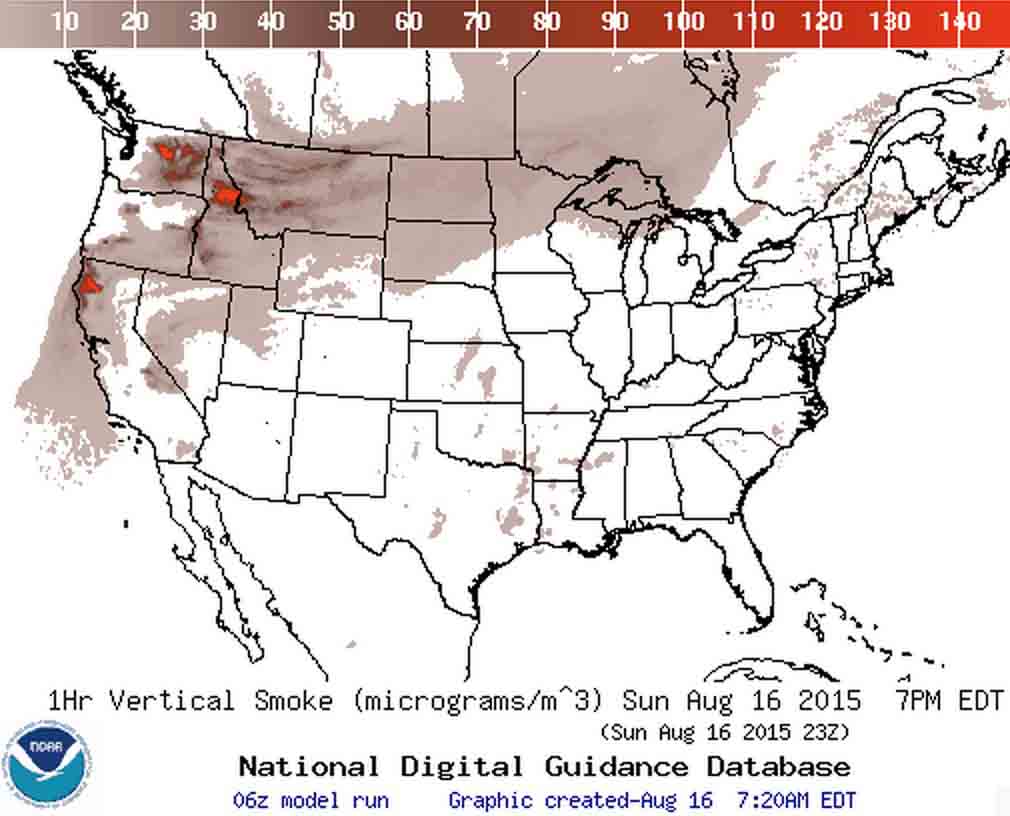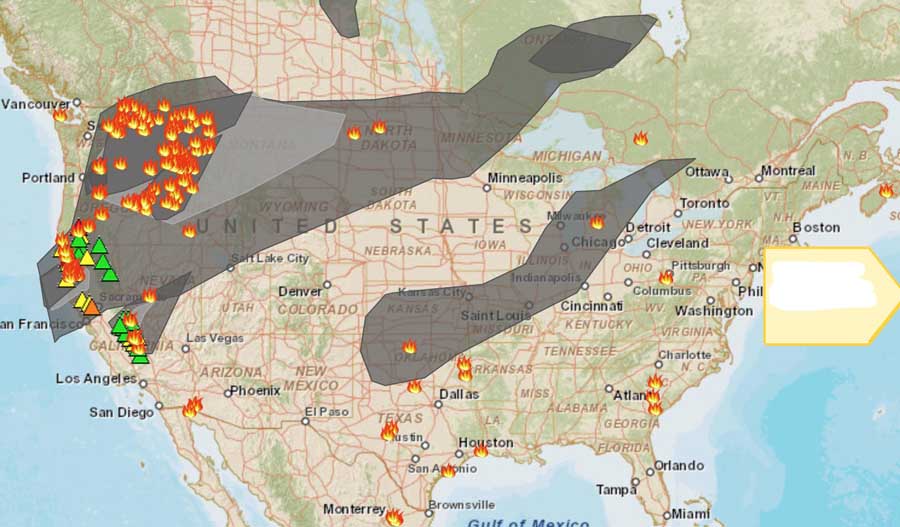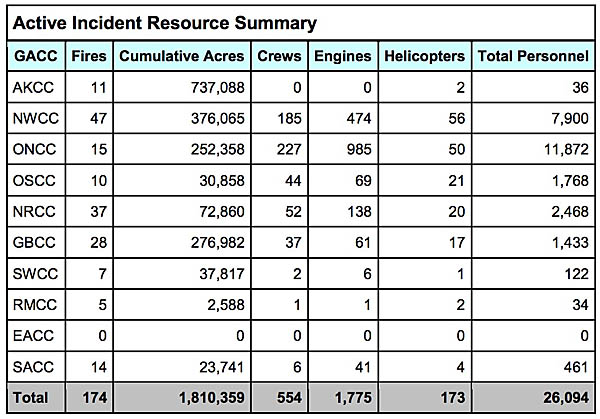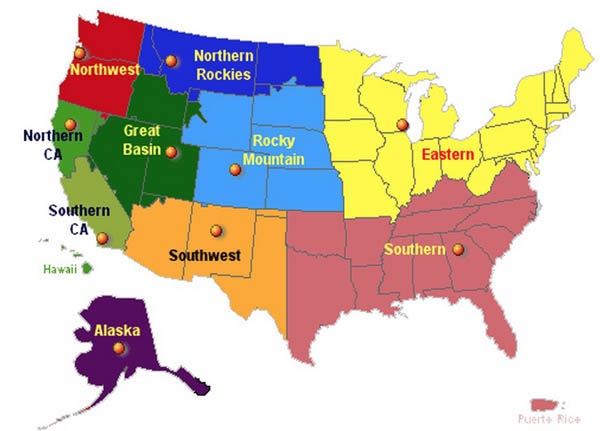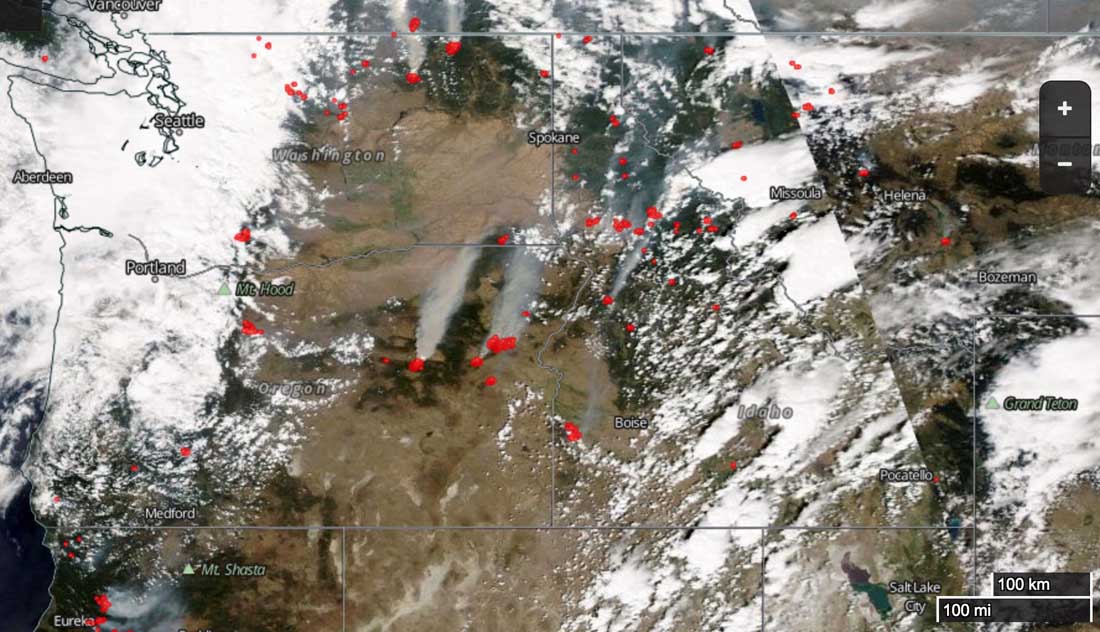The Regional Office in U.S. Forest Service Region 6, comprised of Washington and Oregon, distributed an update on the wildfire situation to USFS retirees. Below are some excerpts from the message, dated August 13.
****
“…As predicted, initial attack (IA) was heavy across the region yesterday and into today. Many new and extended attack fires grew steadily, and in some cases, quite dramatically. Wednesday saw 32 new fires in Oregon for 9,738 acres while Washington had 58 new fires for 1,426 acres. The most concerning of these is the Stickpin on the Colville National Forest . There is continued concern for the National Complex, the Cornet/Windy Ridge, and Cougar Creek. Four Type I teams are assigned in the region at the Wolverine Fire on the Okanogan-Wenatchee, the National Complex on the Rogue River-Siskiyou, Umpqua and Crater Lake National Park, the Stouts Creek also on the Umpqua, and finally at Cornet/Windy Ridge out on the Wallowa-Whitman. IA resources are stretched thin and many Type III teams are managing challenging fire situations while Type I and II teams get in place. For more information on specific incidents, please visit the INCIweb: inciweb.nwcg.gov
The regional situation is all juxtaposition with the fact that nationally, there are 73 (and counting) uncontained large fires. More than 19,000 U.S. Forest Service and other federal, state, and local wildland firefighters; more than 100 helicopters; and 25 large airtankers are working to suppress wildland fires. Over the last week however, of the more than 1,200 new fires reported on National Forest System and other federal, state, and private land nationwide, about 50 – just 4% – became large fires. This is a testament to those tremendous IA efforts. An interesting point here in the Pacific Northwest though is that many of the large fires are burning into fire scars, some as recent as 2013. We are finding that old fire scars are not slowing the progress of fire spread this year. I think this represents another example of how fire behavior is not as it once was and the unpredictably we now face…”

